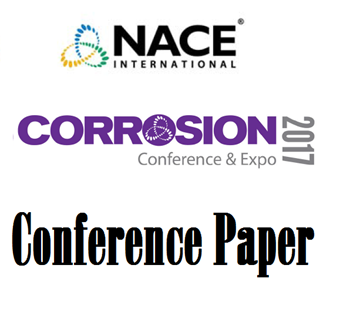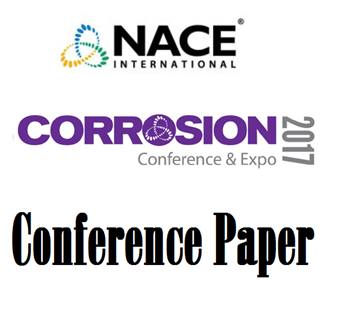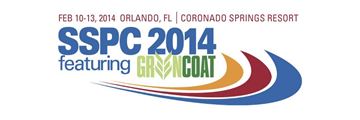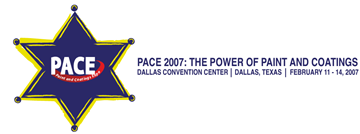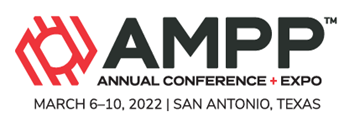Search
Individual Conference Papers
View as
Sort by
Display
per page
Performance of Thermal Spray Coatings in Phase Change Materials (PCMs) used in Geothermal Plants
Product Number:
51323-18862-SG
Publication Date:
2023
$20.00
Performance of Thermally Sprayed Aluminium in 10MPa Supercritical CO2
Product Number:
51324-21069-SG
Publication Date:
2024
$40.00
Performance of Thermally Sprayed Corrosion Resistant Alloy (CRA) Coatings in 50MPa Supercritical CO2
Product Number:
51317--9007-SG
ISBN:
9007 2017 CP
Publication Date:
2017
$20.00
Performance of Three Types of Coatings in a Simulated Corrosion Under Insulation Condition
Product Number:
51317--9296-SG
ISBN:
9296 2017 CP
Publication Date:
2017
$20.00
Performance of Two-Coat v/s Three Coat Paint Systems
Product Number:
41214-829-SG
Publication Date:
2014
$20.00
Performance of Two-Coat Zinc Rapid Deployment Systems on Steel Surfaces
Product Number:
41205-160-SG
Publication Date:
2005
$20.00
Performance of UNS N06625 Weld Clad on Carbon Steel in CO2/H2S Environment at 120°C
Product Number:
51319-12767-SG
Publication Date:
2019
$20.00
Performance Of Vapor Corrosion Inhibitors For Localized Corrosion Mitigation Of Double Shell Storage Tanks At Hanford
Product Number:
51321-16629-SG
Publication Date:
2021
$20.00
Performance or Preference? A look at Selected Systems for Water Tank Interiors
Product Number:
41207-395-SG
Publication Date:
2007
$20.00
Performance Test Results of New Artificial Non-Metallic Abrasive
Product Number:
MPWT19-14265
Publication Date:
2019
$0.00
Performic Acid for MIC Prevention in Treated Water Systems: Balancing Biocidal Efficacy Against Oxidizer Induced Corrosion
Product Number:
51319-13463-SG
Publication Date:
2019
$20.00
Performing Coating And Corrosion Assessments To Maintain Military Fuel Piping
Product Number:
51322-18027-SG
Publication Date:
2022
$20.00



